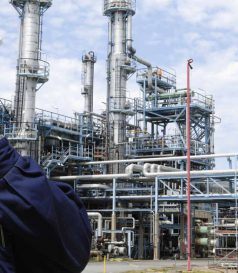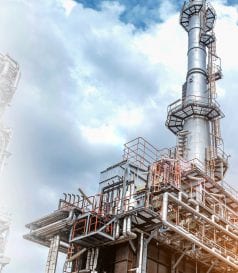The Clean Air Act
Reducing Air Pollution
The Clean Air act is meant to regulate the treatment of different pollutants, while inserting them into a single legal framework. By doing so, the issue of the authority and responsibility for preventing air pollution, which was scattered among different governmental factors, was regulated after many years. The law authorizes the Ministry of Environmental Protection as the leading factor with the responsibility and authority of preventing air pollution. The issue of conflicting interests with regards to air pollution was regulated under one authority with the sole interest of preventing air pollution.
According to the Clean Air act, the purpose of this law is “to bring about an improvement of air quality and to prevent and reduce air pollution by prescribing prohibitions and obligations according to the precautionary principle, all in order to protect human life, the health and quality of life of human beings and in order to protect the environment, including natural resources, ecological systems and biological diversity, for the public and for future generations, in consideration of their needs…”
The Principles of the Clean Air Act and the Issues Addressed:
1. Defining 3 types of maximum values of air pollution:
a. Target values based on health data from the World Health Organization which are used for design needs.
b. Environmental values based on health values but take into account the implementation capability (technically, scientifically and fiscally)
c. Warning values which exceeding them means an immediate health hazard, and the population must be alerted when they are approached or exceeded.
2. Uniting the air monitoring systems into a single system and transparently publishing the data to the public while providing future projections. In addition, the law gives the Ministry of Environmental Protection the power to instruct the construction and operation of monitoring systems for private and government agencies as necessary.
3. The local authorities are given the authority to act in order to reduce the air pollution caused in their jurisdiction, and in addition the Ministry of Environment Protection are given the authority to instruct the local authorities to plan and execute air pollution reduction projects in their jurisdiction according to the Clean Air Act.
4. Emission permits- all factories specified in the third addendum to the law will be obligated to acquire an emission permit as stipulation to their continued operation, and will be required to renew the permit every 7 years. The emissions permit request is composed of different surveys, including process surveys, emission surveys, environmental surveys, BAT (best available technology) conformance surveys, and more. The deadlines of the emission permit request submission was spread over five years according to the different industrial sectors, in accordance with the guidelines of the Ministry of Environment Protection.
5. Giving the Ministry of Environmental Protection the authority to establish vehicle emission standards, as opposed to the authority once given to the Ministry of Transportation. In addition, vehicle importers are obligated to publish the vehicles air pollution levels when advertising in various media outlets.
6. Giving the Ministry of Environmental Protection the authority to establish regulations and standards for petroleum products, as opposed to the partial authority once given to the Ministry of Infrastructure.
7. The Ministry of Environmental Protection was authorized to give individual instructions to any polluting entity.
8. The expansion of supervision and enforcement authorities, while providing new standards. For example, entering any site which may cause pollution, investigating any polluting activity conducted on site and prohibiting continued operation at a facility which does not meet the requirement set by the law.
9. The authority to impose financial sanctions, fines and prison sentences (up to three years) for violators of the law that cause air pollution.
10. The possibility of filing civil lawsuits against polluters.
To summarize, the Clean Air Act has expanded the authorities of the Ministry of Environmental Protection, and in addition gave it substantial tools to deal with law violators. The Ministry of Environmental Protection has the exclusive authority and responsibility to prevent air pollution. It further shows that the responsibility was also assigned to the industrial factories and local authorities, while subjecting them to review and instructions by the Ministry of Environmental Protection.
Contact us for additional details on the company’s services.
For your convenience, we have added useful information of the Clean Air Act.





 Solutions
Solutions